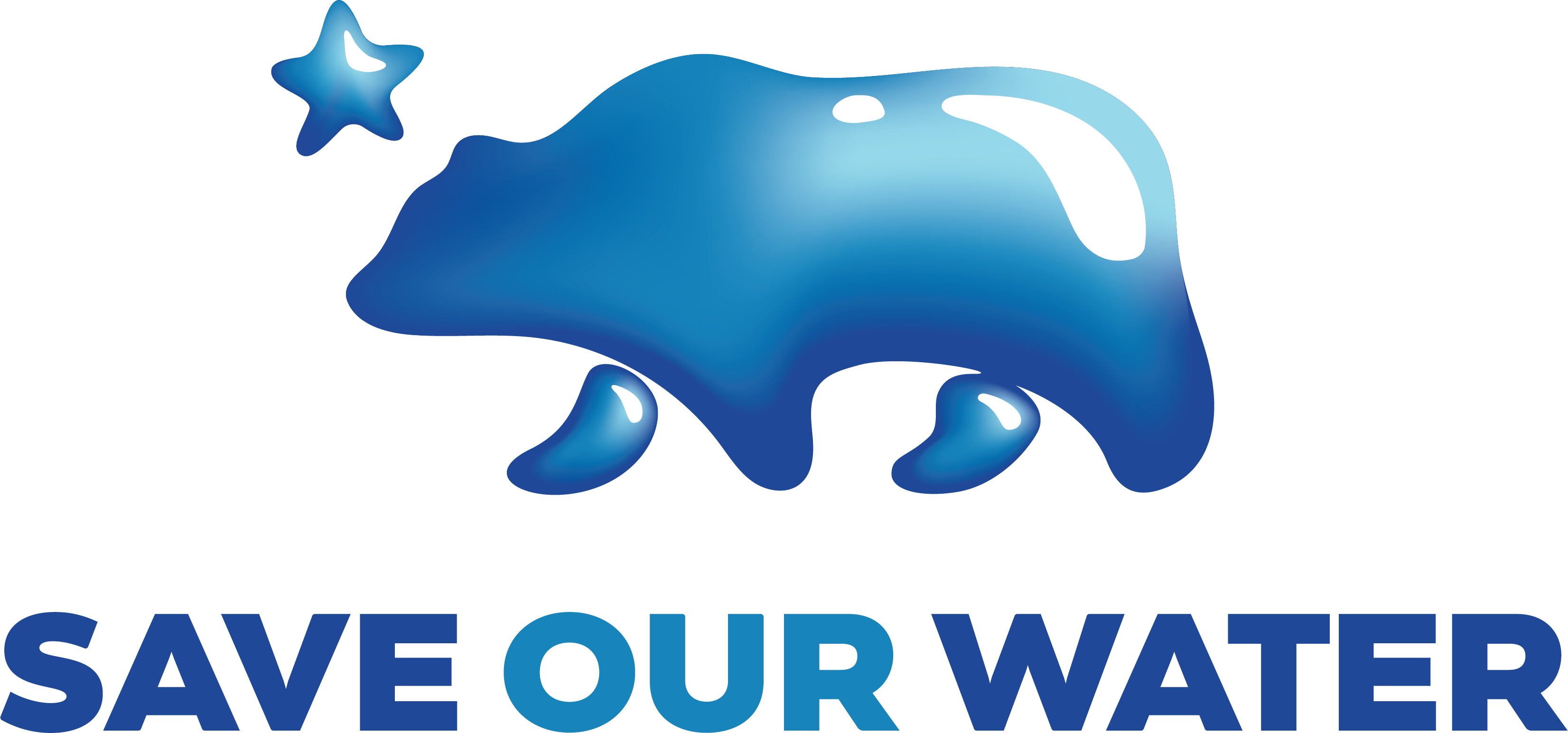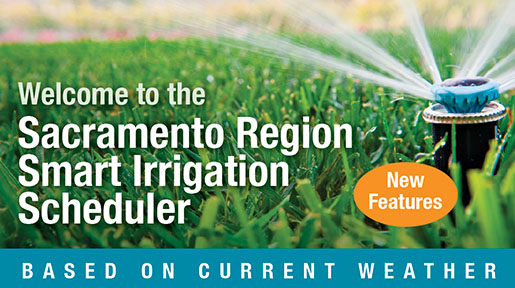Why Save Water?
Businesses play a crucial role in our community’s water use, accounting for about one-third of total consumption. Whether your business uses water for sanitation or extensive landscaping, the impact is significant. Industries like restaurants, food processing, semiconductor manufacturing, hospitals, breweries, office buildings, and schools all rely on water for various operations.
Beyond the cost of water itself, there are additional expenses to consider. These may include energy, chemicals, wastewater management, disposal of pollutants, and even air quality treatments.
In this section, you will find information and resources for helping your business use water efficiently, including:
Rebates »
Rebates and incentives for replacing older toilets, commercial washing machines, and irrigation components with high-efficiency models such as Smart Irrigation Controllers.
Indoor Water Efficient Equipment Upgrades
The Regional Water Authority (RWA) is pleased to offer this first-come, first-served rebate program for free indoor water efficient equipment for your business. Eligible businesses include commercial laundry, food and beverage, science/research and brewery facilities. The program’s goal is to reduce water and energy use. Each eligible property will receive up to $15,000 in indoor water efficient equipment. Click here for the informational flyer.
Case Study: How a sauce and seasoning maker expanded production – and saved 281,000 gallons of water a month
For more information and it verify eligibility, please contact Amy Talbot, Regional Water Authority at atalbot@rwah2o.org or 916-967-7692.
Free High-Efficiency Toilets & Urinals
The toilets and urinals are free, and we send the plumber to install them!
The Regional Water Authority (RWA) is pleased to offer this limited program for free water efficient toilets, urinals, showerheads and bathroom and kitchen faucet aerators. The program includes purchase of the fixtures and standard installation for qualifying multi‐family, commercial, and institutional (CII) properties that receive water service from one of RWA‘s participating Water Providers. Click here for the informational flyer.
For more information and to verify eligibility, please contact Webers Water Conservation, Inc at johnw@weberswater.com or 858.205.0143.
Top Ways to Save
Increase employee awareness of water conservation
Evaluate how your business uses water and work with employees to develop more efficient methods and procedures.
Read water meters monthly
Get in the habit of comparing your water use from month to month and year to year. It will help you spot leaks when they occur and track your water efficiency efforts.
Check for leaks
A leaking toilet can waste more than 50 gallons of water each day. A dripping faucet or showerhead can waste up to 1,000 gallons per week.
Install faucet aerators
Low-flow faucet aerators are an inexpensive way to reduce water use by as much as 50 percent. You’ll also reduce your energy bill by heating less water.
Don’t use water to clean paved areas
Use a broom instead of a hose to clean entrances, sidewalks, parking lots and loading docks.
Wash vehicles only when needed
Wash your vehicle fleet only when needed, and consider taking vehicles to a commercial car wash that recycles water.
Review your landscaping practices
Detect and repair all leaks in your irrigation system water during the coolest time of the day. Install moisture sensors and other SMART technology to cut down on unnecessary watering. Adjust sprinkler run times each season.
Here are some suggestions for specific industries:
Restaurants / Food Service
Restaurants can use less water and energy with a new high-velocity, high-performance pre-rinse nozzle installed free of charge. The nozzles reduce the amount of hot water used to pre-rinse dishes for the dishwasher. Restaurants that have made the switch in Sacramento, El Dorado and Placer counties have saved an average of $900 per year in water and energy costs.
Restaurants can also reduce use by replacing older toilets and urinals with high efficient toilet models, and by keeping an eye out for leaks.
Laundries and Linen Supplies
Many facilities operate laundries to clean linens, uniforms and other washable items. Options for using less water in laundry operations range from modifying existing equipment to investing in new machines and reuse systems that make every drop count.
Health Care Facilities
From the radiology lab to the cafeteria, there are scores of ways hospitals and other health care facilities can reduce water use. Installing low-flow fixtures, recycling water where possible and reprogramming washing machines to be more water efficient are among the steps many facilities have taken to save water and energy costs.
Food Processing Industries
Food and beverage processing industries use water for everything from transporting and cleaning products to meeting sanitary standards. Many facilities have succeeded in reducing overall water use by implementing a variety of measures that increase efficiency while maintaining productivity.
Hotels
Hotels can realize significant reductions in water use by installing water-efficient faucets and showerheads, replacing older toilets and urinals with low-flush models and keeping an eye out for leaks. Automating cooling towers, adjusting boilers and replacing water-cooled ice machines with air-cooled units can also make a difference.
Landscaping is another area of potential savings. Switching to California-friendly plants and using SMART irrigation technology can translate into major water and energy savings.

